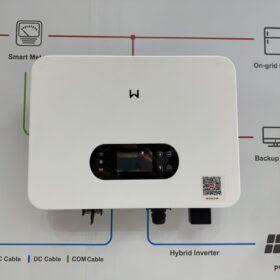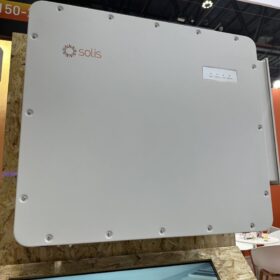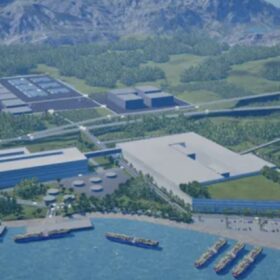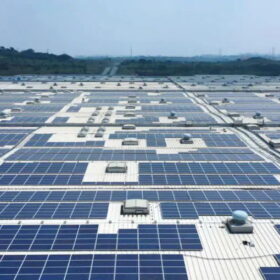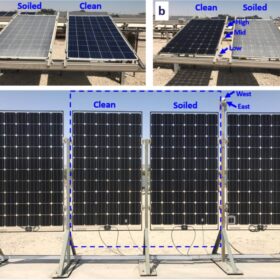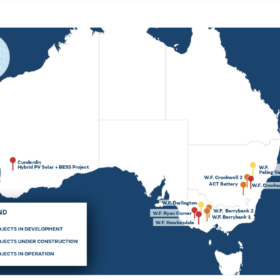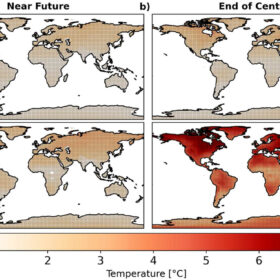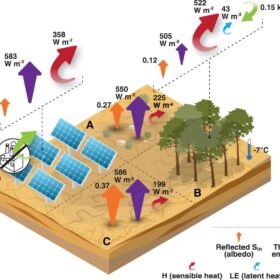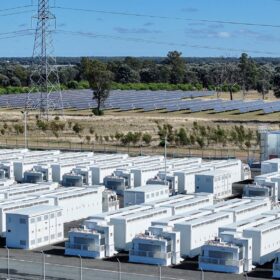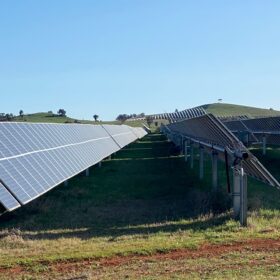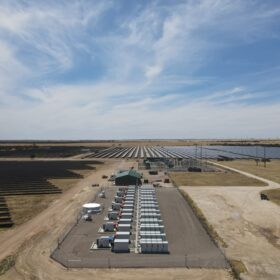GoodWe unveils hybrid inverters for homes with weak wireless service
GoodWe says its ES Uniq Series hybrid inverters suit on-grid and off-grid applications, offering a maximum efficiency of 97.6% and a European efficiency of 96.2%.
Solis releases three-phase string C&I inverters with fuseless design
The Chinese inverter manufacturer said its new inverters have an MPPT current of up to 54 A and support more than a 150% DC/AC ratio. The new products also feature a maximum efficiency of 98.8% and a European efficiency rate of 98.3%.
China’s REPT Battero to build battery factory in Indonesia
China’s REPT Battero has revealed plans to build a lithium-ion battery plant in Indonesia, targeting 8 GWh of annual production capacity in the first phase.
Researchers analyse wind cooling effect for 5.9 MW rooftop PV array
Researchers have analysed how wind speed and direction affect the cooling of a rooftop PV plant with 10,806 panels. They said that winds from behind were less effective due to the roof slope and the minimal gap between the panels and the roof, but wind from other directions could contribute to a cooling effect of up to 7 C.
SolarEdge unveils inverters for smaller solar projects
SolarEdge has unveiled its new TerraMax Inverter, which boasts 99% efficiency and enables 200% DC oversizing. It features an integrated night-time PID rectifier and is paired with the company’s H1300 Power Optimisers.
East-west vertical PV as antidote for soiling in desert regions
New research shows that east-west-oriented vertical PV installations can significantly help reduce soiling in desert environments. The scientists found that PV power generation can be up to 9% higher in vertical systems compared to conventional arrays.
ClearVue integrated solar window tech cracks Middle East construction market
Smart building materials company ClearVue Technologies has cracked the Middle East and Indian construction markets after signing a five-year agreement with Qatar’s largest glass and façade manufacturer.
$4 billion expected from sale of Naturgy’s 1.3 GW portfolio-holder GPG Australia
Major Australian renewable energy portfolio holder Global Power Generation Australia, jointly owned by Spain’s Naturgy and an arm of the Kuwait Investment Authority, is reportedly going up for auction early next year.
Solar productivity negatively impacted by emissions and aerosols, study finds
A study by engineers at UNSW, published in the Renewable Energy journal, shows that aerosols and greenhouse gas emissions reduce the productivity of photovoltaic installations and that this differs according to the global region.
New research claims PV outperforms afforestation in combating climate change
Scientists from Israel have calculated how long it would take for PV plants and afforestation projects to offset their warming impacts caused by the darkening of land. The results showed that in drylands, PV fields could be over 50 times more efficient than afforestation.
